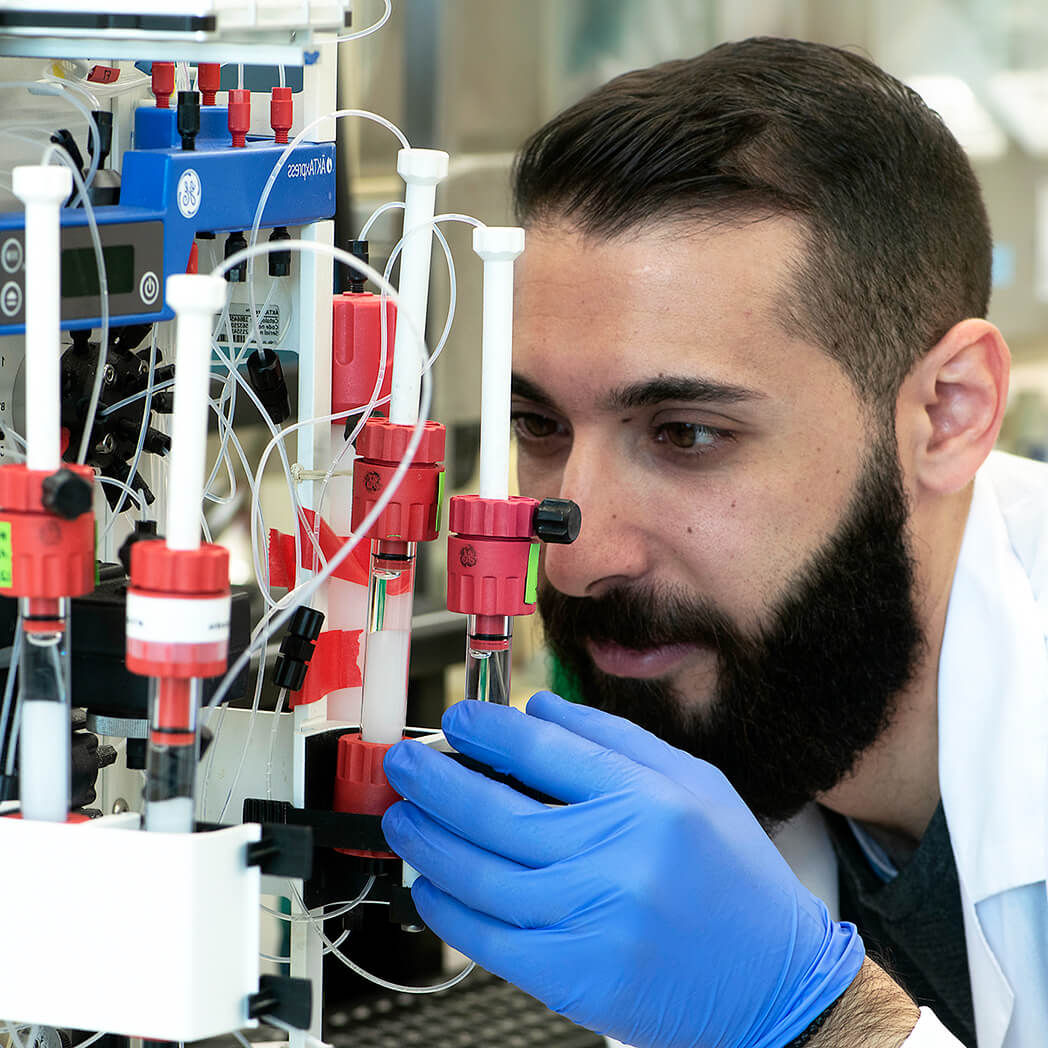Overview
Application key:
Species reactivity key:
Specifications
- Peptide (C)EQLTKETEGGNHS, corresponding to amino acid residues 215-227 of rat CaV1.3 (Accession P27732). Extracellular, 2nd loop repeat I.
Scientific Background
All L-type calcium channels are encoded by one of the CaV1 channel genes. These channels play a major role as a Ca2+ entry pathway in skeletal cardiac and smooth muscles as well as in neurons, endocrine cells and possibly in non-excitable cells such as hematopoetic and epithelial cells. All CaV1 channels are influenced by dihydropyridines (DHP) and are also referred to as DHP receptors. While the CaV1.1 and CaV1.4 isoforms are expressed in restricted tissues (skeletal muscle and retina, respectively), the expression of CaV1.2 is ubiquitous.1,2
The CaV1.3 channels are also expressed, as are other L-type channels, in neurons and neuroendocrine cells. However, accumulated data has shown the expression of CaV1.3 in heart and suggests that it plays a major role in the generation of cardiac pacemaker activity.3,4
Several peptidyl toxins have been described that are specific L-type channel blockers. These include the Mamba toxins Calcicludine (#SPC-650), Calciseptine (#C-500) and FS-2 (#F-700). So far no selective blocker for one of the CaV1 isoforms has been described.
